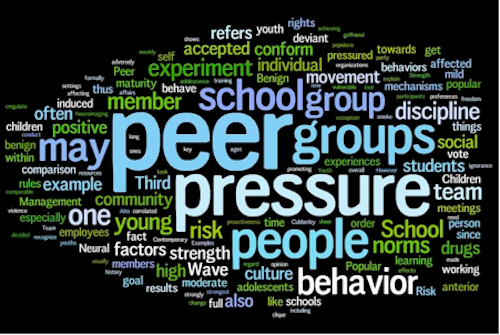Working the 9-5 grind can become quite overwhelming week in
and week out. But how can you recharge your batteries? Why not just take a day
off.
A survey by ComPsych, a provider of employee assistance programs, found that
82 percent of employees admitted taking a mental health day. You may not think
this is the best option but taking a mental health day can help you remain
productive at work and help you relax.
When should a mental health day
be taken?
There are foursigns that you need a break from work, said Brandon M. Smith an expert in workplace health.
1. You’re suddenly not sleeping well or have developed insomnia.
2. You can’t shake last week’s stress. In other words, your
level of stress is greater than your current stressors.
3. You’re snippy with your spouse, your kids or your
co-workers.
4. You feel a general sense of apathy and don’t care about
your work.
So what do you do on you mental
health day?
The point of a
mental health day is not like a normal day off where you go out on the town
with your friends or family, the point is to relax your mind and body and truly
recharge your body. A big thing you can do is catch up on sleep, especially if
you have been feeling exhausted at work. Another thing to treat yourself to is
a spa day, get a relaxing massage, and let your daily strains release from your
body. Another way is to go see your family! If work has you busy on the weekends and you haven’t had a
chance to see your close friends and family, taking a day to talk and spend time
with them may be important. You can even simply curl up and read a book and
drink some coffee! To take a successful mental health day you can do anything
that helps you relax both your mind and body.
With
stress listed as a top source for work related problems, APA or The American Psychological Association found that 75 percent of Americans experience
physical symptoms from stress. So while you may think a
day off may stress you out more and put you further back in your work, it may
be the best option to further productivity down the road. Plus some employers
now even include mental health days in their benefits.
Forbes.com
gives us a checklist about how to effectively take a mental health day!
·
Don’t spend the day feeling
guilty. It won’t help you
recharge.
·
Pick your day smartly, and be respectful of your team. It is unprofessional to take a mental health break on
the day of a big meeting or presentation.
·
Call (or email, or text) early. Your boss may need to plan, or re-plan, the day given your
absence. This is easier for to do if he or she knows first thing, not
late-morning.
·
Don’t lie. You don’t have to call it a mental health day. But rather than
making up fake medical conditions, symptoms, or family
crises, you can tell your boss you aren’t feeling
great, and you believe you will be most effective if you stay home for the day
and return to work after some rest.
·
Make sure you recharge. You know yourself best. Whether it’s lunch with a friend, a
pedicure, a day outdoors, or curling up with a new book or the entire first
season of Glee, do something for yourself.
·
Come back ready to go. Chances are you’ll have a bit to catch up on after a day off,
but show up ready for it.
If you think you need a mental health day do not be afraid
to ask for one. Being stressed at work can cause a dip in productivity and can
cause apathy towards your job. Simply taking a day off can help recharge your
batteries and improve your mood.
Don’t forget to follow us on Twitter for daily updates
about Preferred Family Healthcare and news about mental health.
-Maxwell Law
-Maxwell Law























